May 24, 2025 | 11:54 GMT +7
May 24, 2025 | 11:54 GMT +7
Hotline: 0913.378.918
May 24, 2025 | 11:54 GMT +7
Hotline: 0913.378.918
The speech delivered by General Secretary To Lam at the 2025 P4G Summit (Partnership for Green Growth and the Global Goals 2030) underscored a powerful message: Vietnam is not merely participating in the global green development movement. It is positioning itself at the very heart of that momentum.
In a world marked by constant change, where the boundaries of development, technology, and climate are increasingly intertwined, Vietnam is choosing a strategic path, one that embraces rapid yet sustainable growth, fosters innovation in harmony with nature, and promotes global integration while preserving its unique cultural identity.
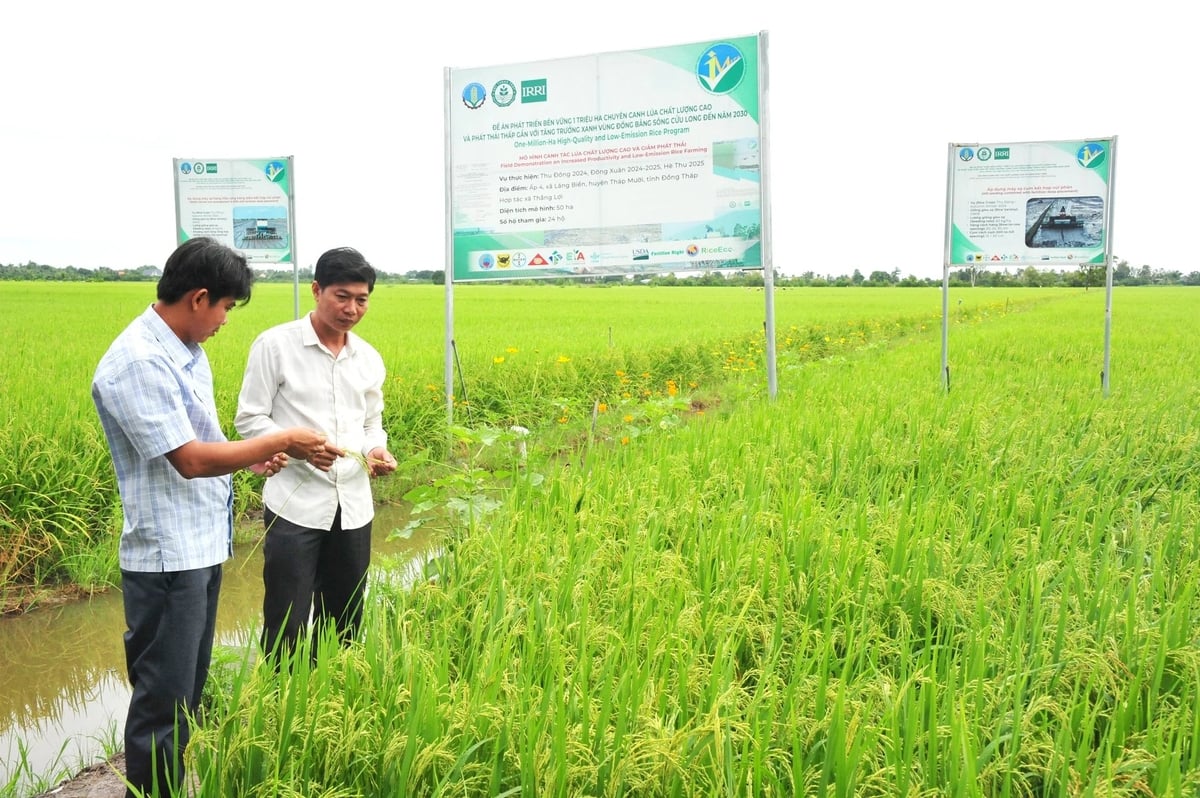
From traditional fields to low-emission rice zones. Photo: Le Hoang Vu.
Since the 1980s, Vietnam’s Doi moi policy opened a path for the country to break away from the centrally planned economy, join the global market, and integrate into the international community. Four decades later, once again, General Secretary To Lam emphasizes the spirit of innovation, this time, innovation in development strategy. The principles of “sustainability, inclusiveness, and harmony” are no longer abstract slogans, but fundamental tenets for restructuring the country’s growth model.
Economic development today can no longer be a mere race for growth figures. It must go hand in hand with quality of life, social equity, and environmental safety. This marks a distinct shift in Vietnam’s vision, placing the happiness and well-being of its people at the center, rather than focusing solely on GDP metrics.
To achieve this vision, Vietnam faces numerous challenges: limited resources, the risks of climate change, and growing geopolitical tensions. However, confronting these challenges head-on reflects not only political courage, but also lays the groundwork for feasible and long-term policy decisions.
The message delivered at the P4G Summit was clear and concrete: Vietnam has essentially established an institutional framework for green development, ranging from national planning and sectoral strategies to a list of priority projects. Green growth is no longer an idealistic notion but is gradually becoming the operational foundation for national governance.
General Secretary To Lam made a firm assertion: "Green institutions are the deciding foundation, green technology the breakthrough driver, and green human resources the key factor." These three pillars form a development triangle that balances policy, technology, and human capital. Among them, technology is no longer just a supporting tool, but the nucleus of every transformation process.
Importantly, there is a growing awareness of the role of digital transformation not merely the digitization of existing systems, but a fundamental reorganization of production methods, societal governance, and economic operation. The parallel pursuit of digital and green transformation signals Vietnam’s move toward an integrated development model, where technology serves as the bridge linking economic growth, social development, and environmental protection. This is a systemic shift that few developing nations have dared to set as a national priority.
Vietnam was once considered a latecomer in the race toward industrialization. However, in the transition to a green economy and renewable energy, the country is emerging as a regional pioneer. A striking example is that solar and wind power now account for two-thirds of the total renewable energy capacity across ASEAN. Meanwhile, the model of cultivating one million hectares of high-quality, low-emission rice has become a benchmark for sustainable agriculture, drawing increasing interest from international partners.
These achievements are not merely technical milestones; they represent a strategic affirmation. Vietnam is no longer content to play by pre-established rules. The country is proactively shaping a new set of rules for itself. This forward-looking approach, rooted in domestic development needs and aligned with international standards, has earned Vietnam broad recognition and support from countries and development partners around the world.
The transformation of political commitments into practical actions offers a critical lesson: that decisive political leadership, paired with strategic institutional design and the capacity to mobilize global resources, is the powerful formula that enables a nation to move not only swiftly, but also sustainably.
The 2025 P4G Summit offers a fresh momentum to bridge divides, between the Global North and South, between the public and private sectors, and between environmental commitments and development actions. These "soft connections" form the foundation of a sustainable development structure for the future.
From the P4G Summit to its net-zero carbon pledge by 2050, from low-emission agriculture to nationwide digital transformation, Vietnam is increasingly defining itself as a responsible nation ready to act. Vietnam’s green development journey is not just a process of adaptation. It is an opportunity to shape a different kind of future. A future where growth does not come at the expense of the environment, where integration does not dilute cultural identity, and where people are not merely beneficiaries but active agents of transformation.
Translated by Kieu Chi
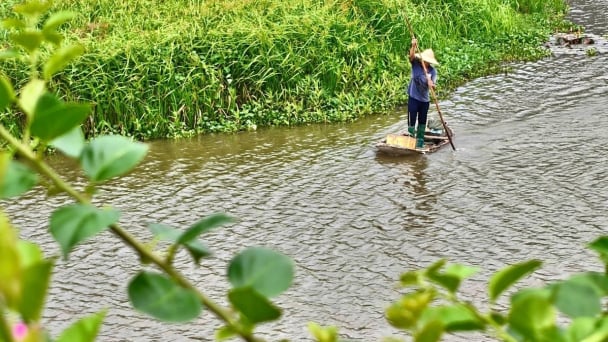
(VAN) In the tranquil wetlands of Van Long, there are quiet souls who guard the forests, nurture the waters, and oversee every bird and troop of langurs as protecting the essence of a living heritage.
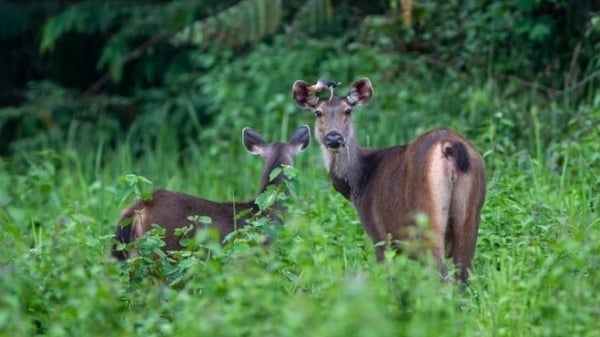
(VAN) WWF, GIZ, IUCN, UNDP call for biodiversity conservation and sustainable development must be regarded as a unity in strategies for a green future.
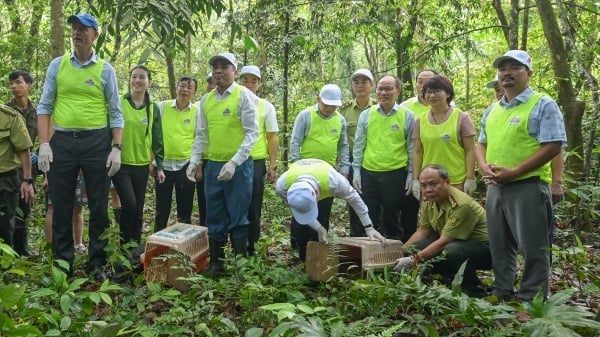
(VAN) On celebration of International Day for Biological Diversity, Deputy Minister Nguyen Quoc Tri called for practical actions to address nature and biodiversity conservation.
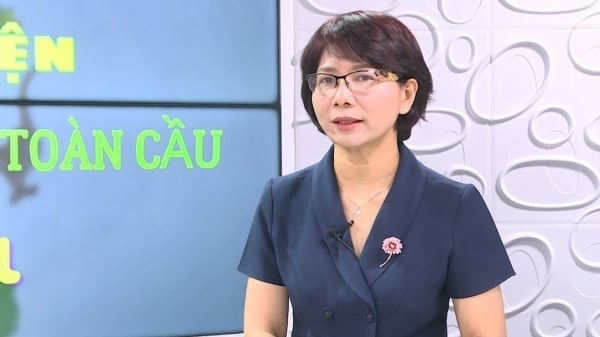
(VAN) Dr. Hoang Thi Thanh Nhan – Deputy Director of the Nature and Biodiversity Conservation Agency – highlighted this on the International Day for Biological Diversity, May 22, 2025.
![Ho Chi Minh city adapts to climate change: [2] Accelerating action](https://t.ex-cdn.com/nongnghiepmoitruong.vn/608w/files/chiqk/2025/05/22/4024-4220-bien-doi-khi-hau-1-100626_766.jpg)
(VAN) Clearly recognizing the challenges posed by climate change, Ho Chi Minh city has swiftly shaped its policies and implemented practical solutions to adapt.
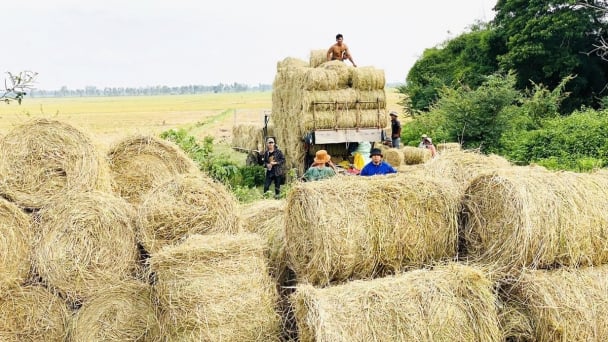
(VAN) Rice straw is no longer just a discarded byproduct, but it is becoming a green resource that helps farmers in the Mekong Delta reduce emissions and promote circular, sustainable agriculture.

(VAN) Other Effective Area-based Conservation Measures (OECMs) are solutions that contribute effectively to achieving the goals of the Kunming–Montreal Global Biodiversity Framework.